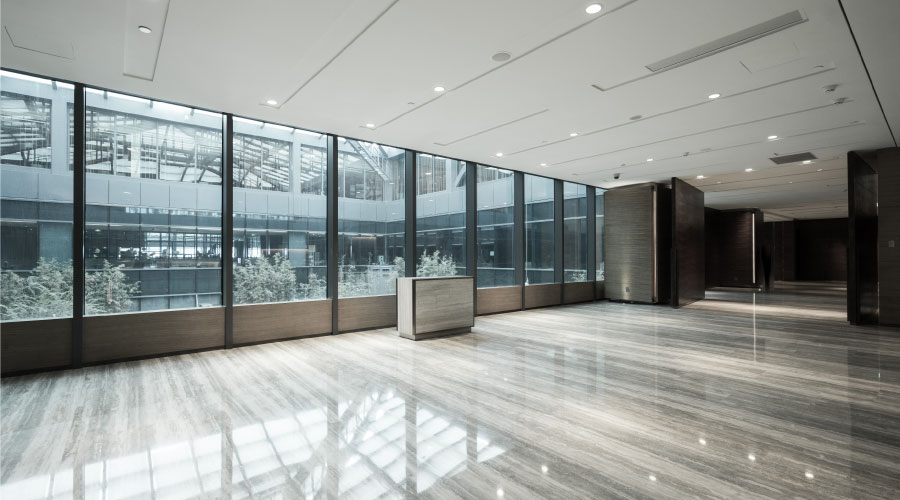Three Key Components of a Floor-Maintenance Program
The end of the last decade and the beginning of this one have forced maintenance and housekeeping managers — more than ever — to operate with tighter budgets. As a result, managers have to evaluate each of their programs to ensure maximum return on investment.
The cost of maintaining floors in institutional and commercial facilities can be substantial, and a natural, knee-jerk reaction to hard economic times is to reduce or eliminate programs deemed to have little or no value. Floor maintenance often falls under the watchful eye of management and can easily become one of the first budget cuts. Although this action might reduce costs in the short term, it can be a detrimental decision in the long term.
So among the most important tasks for managers in cost-justifying the organization's investment in floor care is ensuring they make smart decisions when specifying equipment and chemicals for these tasks.
Lay of the Land
Gravity takes a heavy toll on flooring because everything ultimately ends up on the floor. The soil that accumulates on floors consists of organic and inorganic materials, including dirt, grit, and sand. These damaging materials, combined with moisture and foot traffic, continually erode and scratch the floor's surface.
Eliminating and controlling soil is the top goal of floor maintenance. The process begins by specifying walk-off mats for building entrances and culminates in the floor-maintenance program.
Managers can develop this program by examining the categories and classifications of the facility's flooring materials, as well as the environment and traffic conditions floors are exposed to. Besides protecting the organization's flooring investment, a floor-maintenance program needs to help managers achieve goals related to cleanliness, appearance, and safety.
The selected floor-maintenance program consists of the service procedures cleaning crews perform, the frequency with which they perform them, and the budget allocated for the services.
Floor maintenance consists of three components: chemicals, equipment, and technical skills. Each component has equal footing in the program, and the strength of the program relies on the contributions of each one. The best results occur when managers use all of the components correctly.
Related Topics:













